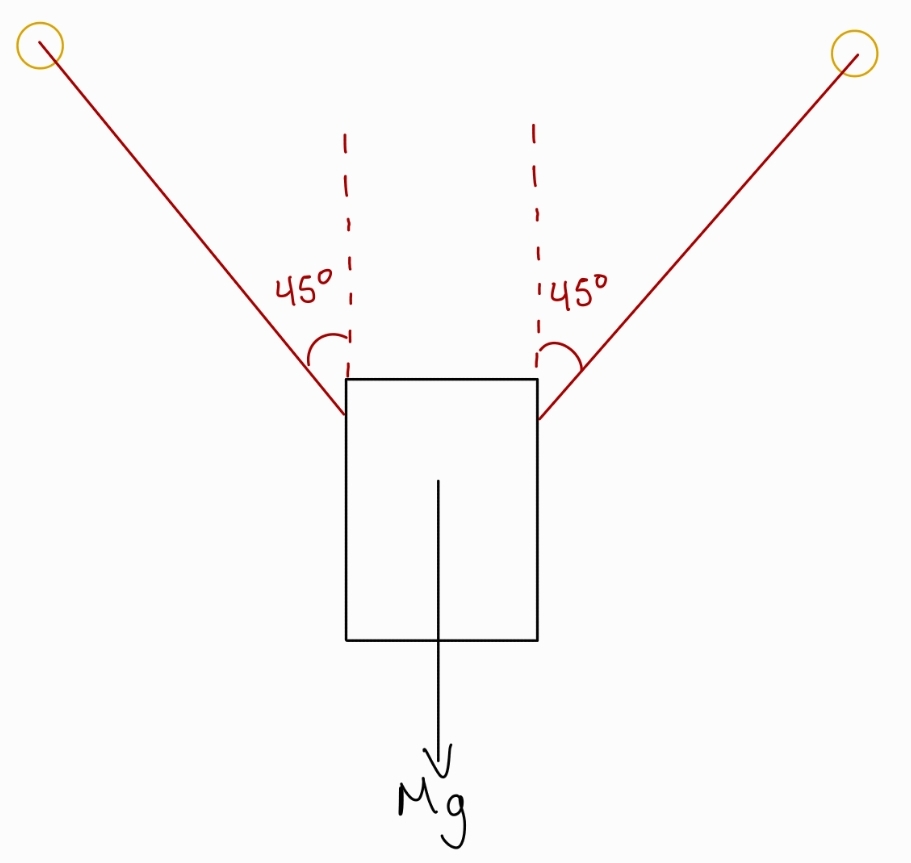In the last blog post, we proposed to design and develop an aerial defense system that concentrates sunlight to be able to melt through materials used for aircraft. After developing the project plan, we realized that this design was too ambitious and wouldn’t fit into the timeline for completion of Capstone. Some reasons include feasibility, budget, and time to complete the design. There would need to be multiple research conducted to ensure a working device performing aerial defense since there currently isn’t any development into this topic. Researching along with constructing the device would take more time than Capstone offers, as well as money used for research, experimentation, software, and design construction.
This project has proven to require much more research than anticipated. After consulting Professor Chen, we have decided that this project is not a viable project for capstone. In order to pursue this project, funding and time are needed and we do not have this at this moment.
On focusing the light on the target:
This
is for sure the most difficult aspect of the project. We don't have a specific
solution in mind yet, but we’ve considered a few general situations. We were thinking of using independent heliostats to focus light exactly at the target location of the material. The project would have focused on using 1 independent heliostat to narrow the scope. There is also physical difficulty in manipulating the mirrors to adjust the focus to the target location. The analysis would have included researching types of lenses used to precisely redirect light onto the target location using simulations and physics concepts. Reflecting the light would have involved a 2 step process: Reflecting light from a heliostat onto a receiver, then directing the light onto the target. Figure 1 shows a simulation used to find potential design solutions to be able to redirect light.
Figure 1. Light is redirected to a lens that can concentrate or spread the beam of light
Collimating lenses are used to focus the light on a path, and another lens can then be used to redirect that focused light. We were looking for other options to be able to focus light, potentially less expensive.
Professor Chen referenced the power emitted from solar panels, stating an average output of " 400 W/m² " would actually be used. This doesn't account for other factors, such as radiation and the behavior of wavelengths as the distance is increased. We would be limited to lower amounts of solar flux in reality. Team 23 was going to conduct further analysis using heat transfer, accounting for convection fluxes and the rate at which the proposed design would have melted the testing material to find the optimal time taken to burn through a thickness of 7 cm. This would have included thermometers, thermocouples, and stopwatches to measure the time taken to melt through the thickness.

We are now exploring other options for our project and researching other topics that already have developments on them. One project we have looked at, specifically, involves an automatic whiteboard eraser that climbs the whiteboard and reorients itself if stuck. This whiteboard cleaner has the potential to aid instructors and students in the classroom as they have difficulties erasing markings from unreachable places and saving time in setting up the whiteboard to write. However, one major problem with the device is its loud motors. These motors create noise loud enough to be disruptive in the classroom, which causes distractions and makes it hard for students to listen to instructors. There is currently one design solution in the market, but it costs $500 and has patents associated with its design. Our proposed design solution uses inspirations from previous designs and improves their performance, such as less noisy motors to decrease classroom disruption.
Our proposed design is an object with attached wheels used to climb up the whiteboard. The object has to be able to climb the whiteboard and stay on the wall when powered off. This means that this design should operate on a standard whiteboard classroom of at least 4 feet by 6 feet. One current solution to the device staying on the whiteboard even when off is using two strings on hooks attached at each side of the device at a 45-degree angle. The hooks and strings solution comes from existing products in the market. This will allow the device to be held up while powered off and reorient itself by falling and letting the strings hold up the device at the default position. The main challenge with this design is the type of materials used for the string, utilizing enough force to hold up the device's weight without breaking for many iterations. One soft challenge to this is the device can rotate around the vertical axis when it falls, disorienting the device and requiring a person to manually reorient it. We will possibly continue to research a solution to this challenge. To ensure consistency with this design, the device weight will be limited to 4 kg, which poses limitations to components added to it. Another challenge is ensuring the device won't consume excessive power, limiting energy usage to 15 V.

Figure 2. Proposed design solution. The device is held symmetrically, and weight is supported by each string.
Another problem is ensuring the whiteboard cleaner can travel along the horizontal axis, which means that the design will have to account for the device to travel left to right.
Figure 3. Design solution showing device only traveling vertically and posing challenges to allow it to travel horizontally.
Team 23 proposes to reduce the noise of the motors to previous designs, using control analysis to analyze the gain used in components to reduce noise level. Along with controls will include a mix of solid mechanics and materials science analysis to ensure the strings can support the device's weight continuously without breaking. We will continue to explore other topics as we refine the project goals for our current topics.

Comments
Post a Comment